Biggest Birds In The World
"Bird" typically refers to warm-blooded, egg-laying vertebrates characterized by feathers, beaked jaws, and the laying of hard-shelled eggs. They are part of the class Aves and are found worldwide in various habitats, from forests to deserts to oceans. Birds are known for their diverse adaptations, including flight, which is a characteristic feature of most species.
These days, birds come in a wide variety of sizes and forms, ranging from tiny species like hummingbirds and ostriches to enormous, non-flying species like cassowaries and emus.
Top 10 largest birds in the world, ranked by height.
-
Common ostrich (Struthio camelus)
On average, adult male ostriches stand between 2.1 to 2.8 meters (6.9 to 9.2 feet) tall, while females typically range from 1.7 to 2 meters (5.6 to 6.6 feet) in height.
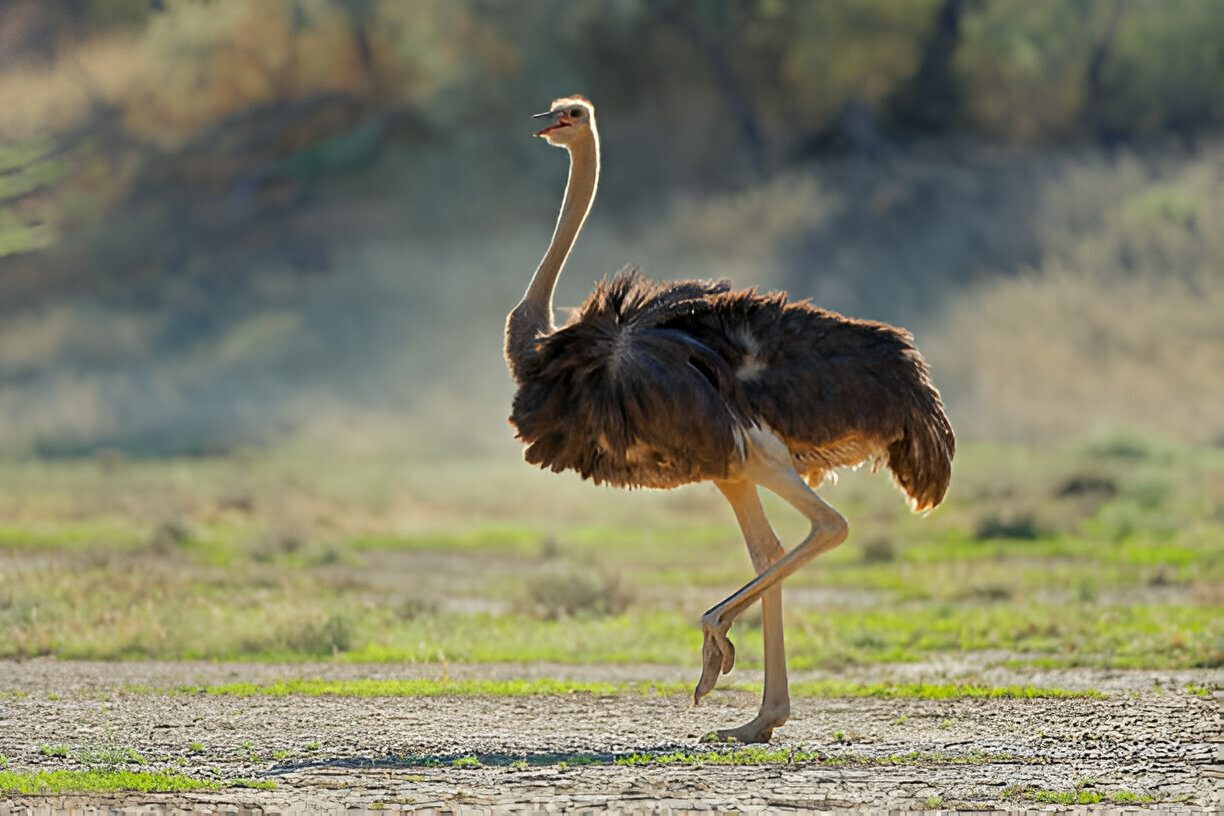
The common ostrich (Struthio camelus) is the largest and heaviest living bird species. Native to Africa, it's known for its long neck, long legs, and distinctive feathering. Ostriches are flightless birds but are remarkable runners, capable of reaching speeds up to 70 kilometers per hour (43 mph). They have the largest eyes of any land animal and lay the largest eggs of any living bird. Ostriches are primarily herbivores, feeding on plants, seeds, and occasionally insects. They inhabit savannas, grasslands, and desert regions of Africa
-
Somali ostrich
Smaller in size compared to other subspecies of ostriches, with males standing around 2.1 to 2.5 meters (6.9 to 8.2 feet) tall and females ranging from 1.7 to 2 meters (5.6 to 6.6 feet) in height.
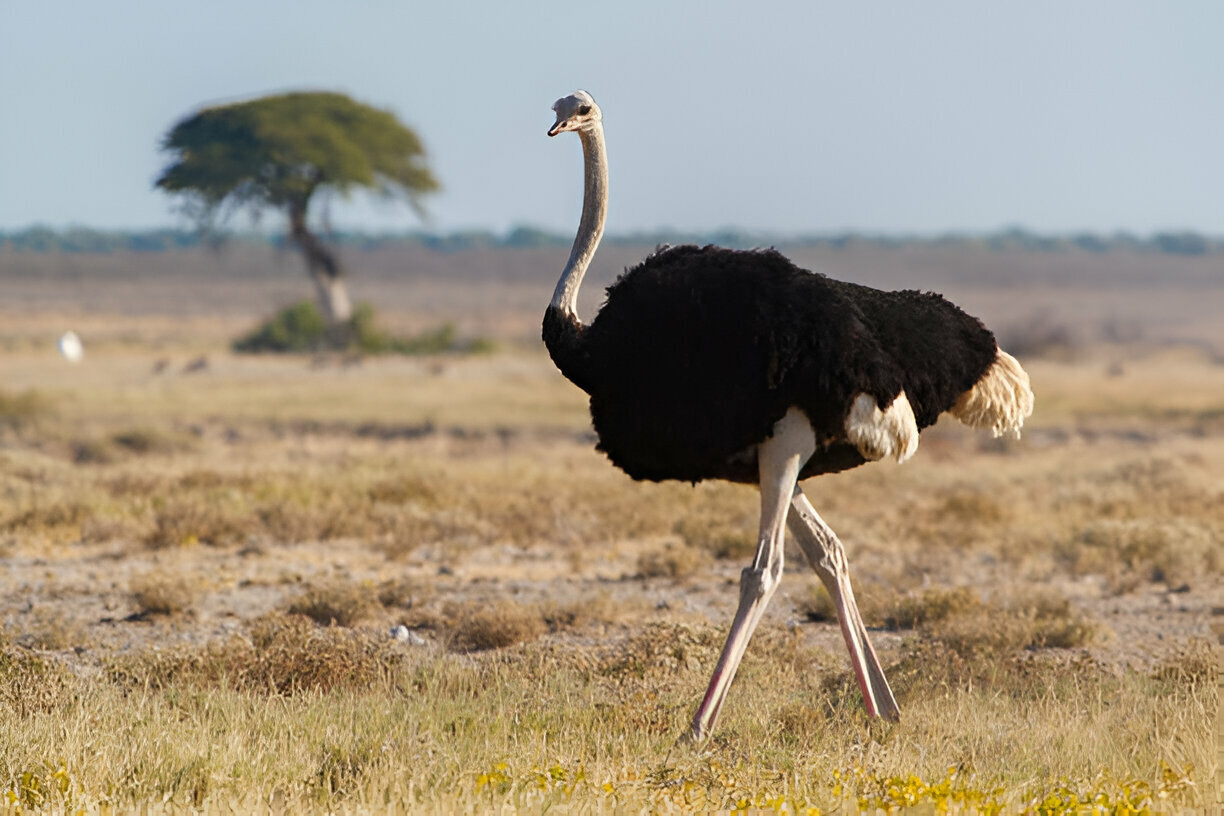
The Somali ostrich (Struthio molybdophanes) is a subspecies of the common ostrich (Struthio camelus). It's native to the Horn of Africa, including Somalia, Ethiopia, and northern Kenya. The Somali ostrich is slightly smaller in size compared to other subspecies of ostriches, with males standing around 2.1 to 2.5 meters (6.9 to 8.2 feet) tall and females ranging from 1.7 to 2 meters (5.6 to 6.6 feet) in height. They inhabit arid and semi-arid regions and are adapted to survive in harsh desert environments.
-
Emu (Dromaius novaehollandiae)
Emus can reach heights of up to 1.9 meters (6.2 feet) tall, with males typically being slightly shorter than females.

The emu (Dromaius novaehollandiae) largest living bird by height, after the ostrich. Native to Australia, it's known for its distinctive appearance, including its long neck, sharp beak, and strong legs. Emus can reach heights of up to 1.9 meters (6.2 feet) tall, with males typically being slightly shorter than females. They are flightless birds but are excellent runners, capable of sprinting at speeds up to 50 kilometers per hour (31 mph). Emus primarily feed on plants, fruits, insects, and small vertebrates, and they inhabit a range of habitats, including forests, savannas, and grasslands across Australia.
-
Southern Cassowary
southern cassowary stands around 1.5 to 1.8 meters (4.9 to 5.9 feet) tall.
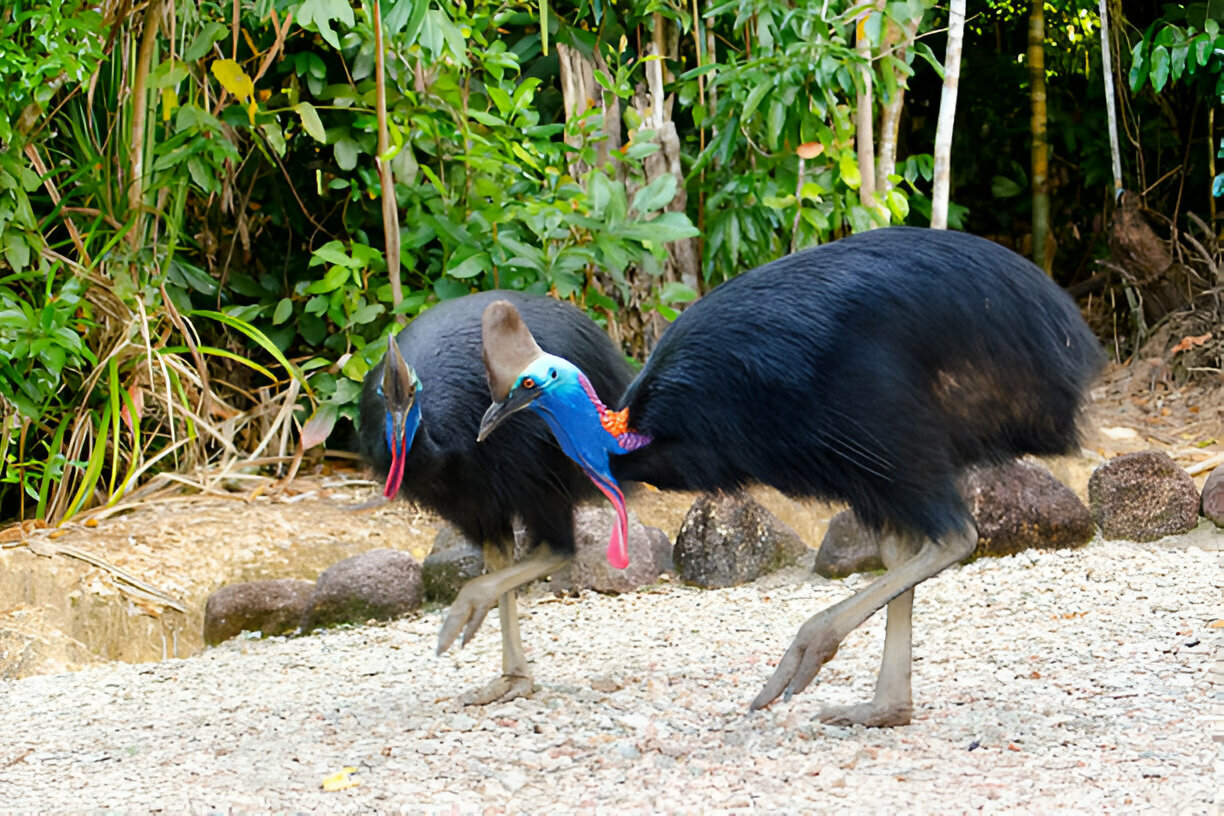
The southern cassowary (Casuarius casuarius) is a large flightless bird native to the tropical rainforests of New Guinea, northeastern Australia, and nearby islands. It's renowned for its striking appearance, with glossy black plumage, vibrant blue skin on its neck and throat, and a prominent casque, or helmet, atop its head. Southern cassowaries are the third tallest and second heaviest bird species globally, standing up to 1.8 meters (6 feet) tall and weighing around 58 to 60 kilograms (127 to 132 pounds) on average. They play a crucial role in their ecosystems as seed dispersers, and they primarily feed on fruits, though they also consume small animals and insects. Due to habitat loss and hunting, southern cassowary populations are declining, and they are considered a vulnerable species.
-
Dalmatian Pelican
The Dalmatian pelican stands tall, reaching heights of up to 1.8 to 1.9 meters (5.9 to 6.2 feet), making it one of the tallest flying birds in the world. It has a wingspan that can exceed 3 meters (9.8 feet).
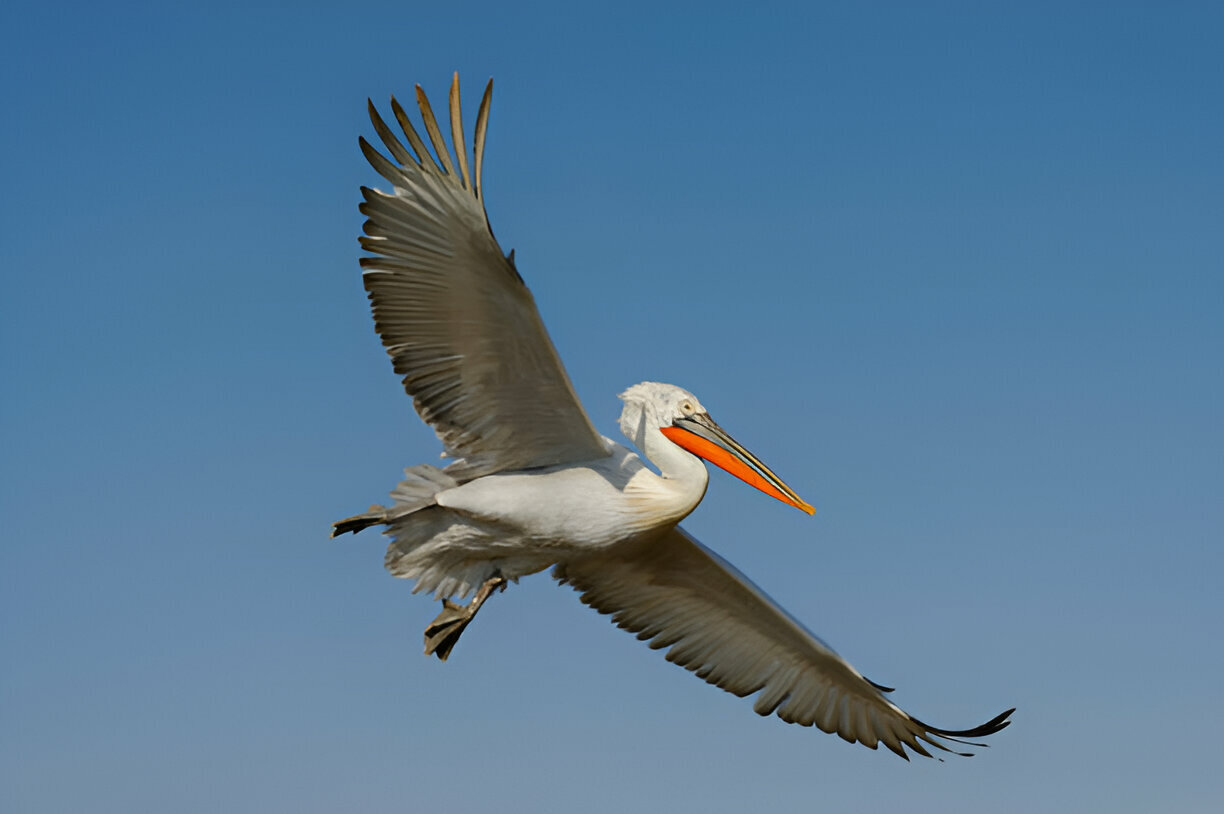
The Dalmatian pelican (Pelecanus crispus) is one of the largest pelican species and is known for its impressive size and distinctive appearance. It inhabits lakes, rivers, and estuaries in Europe and Asia, with its range extending from the eastern Mediterranean to Central Asia. Dalmatian pelicans have a white plumage with silver-gray feathers on their wings and a distinctive yellow-orange pouch beneath their long bill. They primarily feed on fish, scooping them up in their large bill pouch while swimming. Despite being the largest pelican species, Dalmatian pelican populations are vulnerable due to habitat loss, pollution, and disturbance in breeding areas. Conservation efforts are underway to protect and preserve their populations.
-
Northern cassowary
It's closely related to the southern cassowary but is slightly smaller in size. Northern cassowaries stand around 1.5 to 1.8 meters (4.9 to 5.9 feet) tall and weigh up to 58 kilograms (128 pounds) on average.
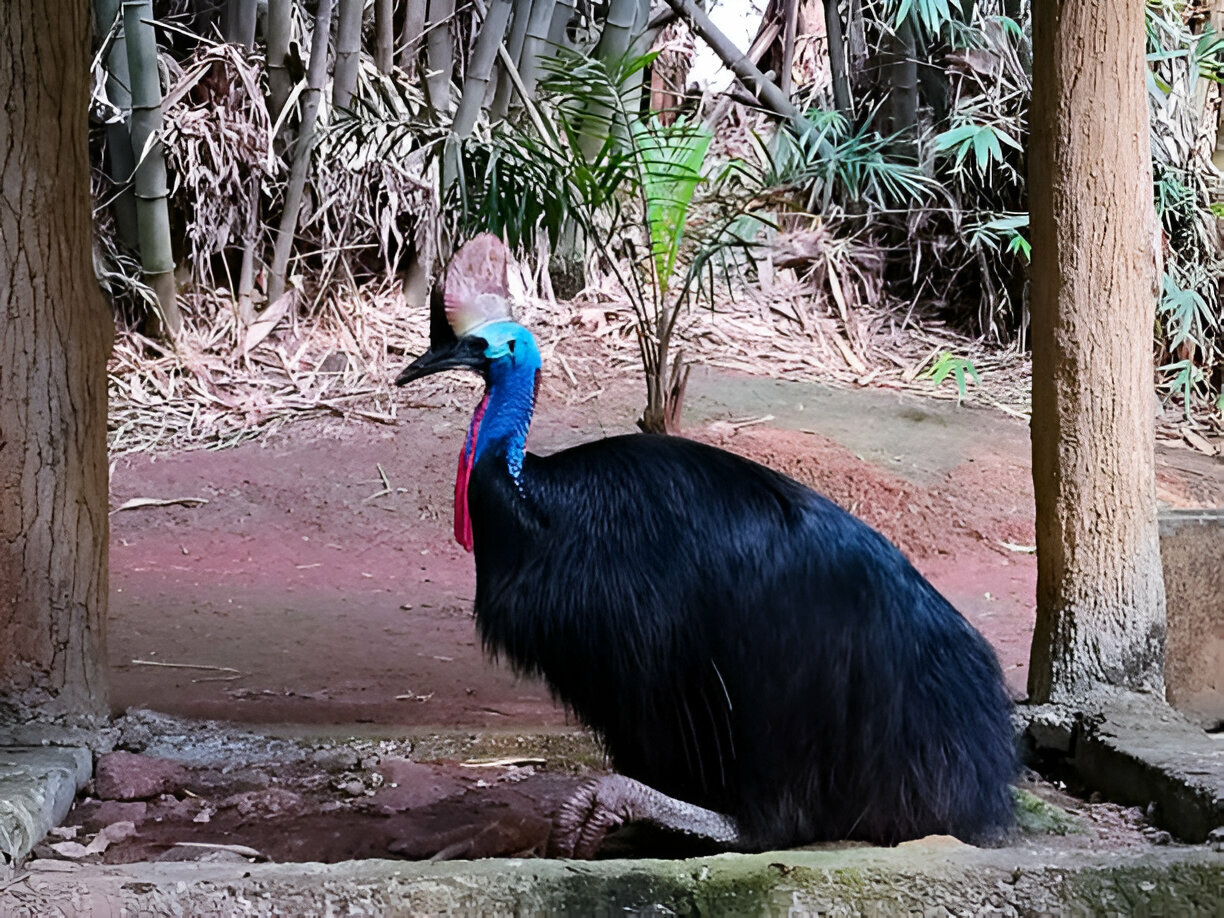
The northern cassowary (Casuarius unappendiculatus), also known as the single-wattled cassowary, is a large flightless bird native to the rainforests of New Guinea and surrounding islands. It's closely related to the southern cassowary but is slightly smaller in size. Northern cassowaries stand around 1.5 to 1.8 meters (4.9 to 5.9 feet) tall and weigh up to 58 kilograms (128 pounds) on average. They have black plumage, a blue and purple neck, and a distinctive casque atop their heads. Like their southern relatives, they play a vital role in seed dispersal in their habitat. Due to habitat loss and hunting, northern cassowary populations are also facing threats and are considered vulnerable.
-
Mute and trumpeter swan
The Mute Swan typically stands around 1.2 meters (4 feet) tall
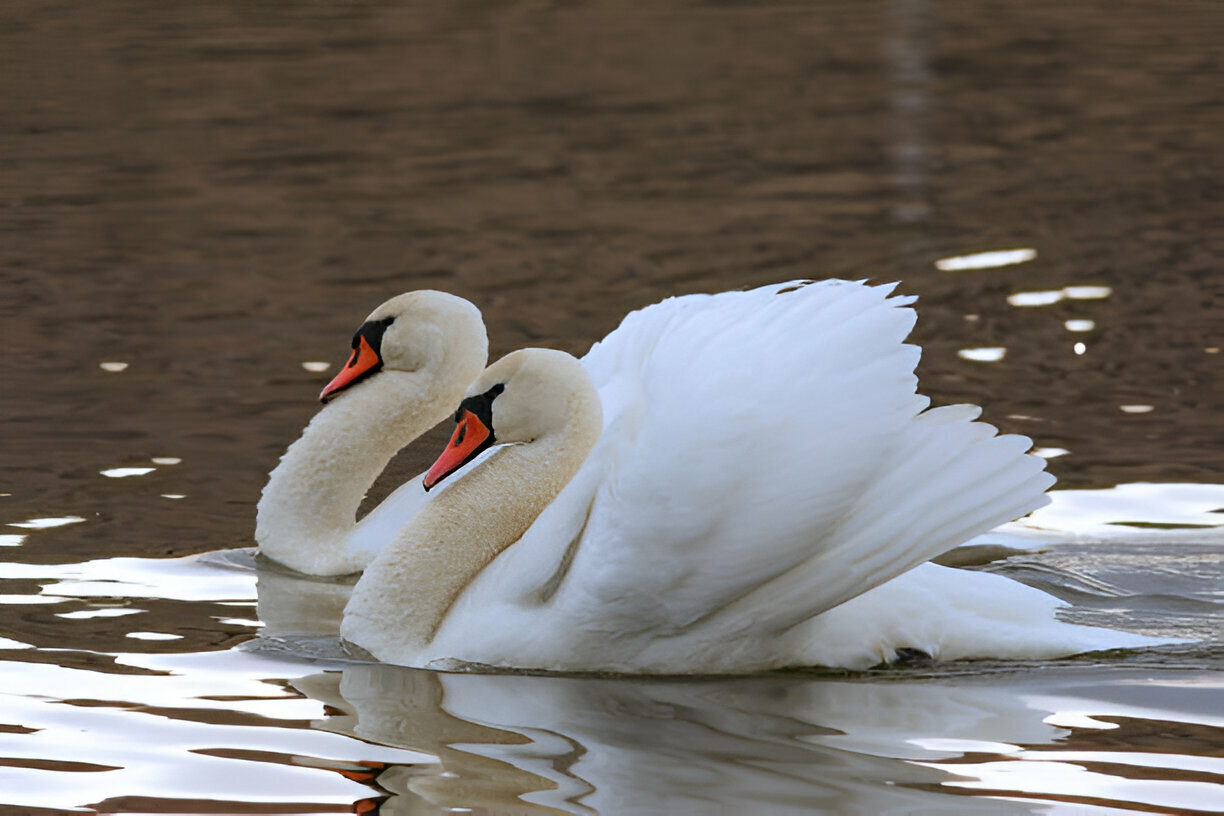
The Mute Swan (Cygnus olor) and the Trumpeter Swan (Cygnus buccinator) are both majestic waterfowl species. The Mute Swan typically stands around 1.2 meters (4 feet) tall, while the Trumpeter Swan is slightly larger, reaching heights of up to 1.5 meters (5 feet). Both species are known for their long, graceful necks and striking plumage. While the Mute Swan has a more widespread distribution across Europe and Asia, the Trumpeter Swan is native to North America. Both are celebrated for their beauty and are often admired in their natural habitats.
-
Greater Rhea
The Greater Rhea (Rhea americana) is a large, flightless bird native to South America, particularly found in Argentina, Brazil, Bolivia, Paraguay, and Uruguay. Here are some key features of the Greater Rhea:
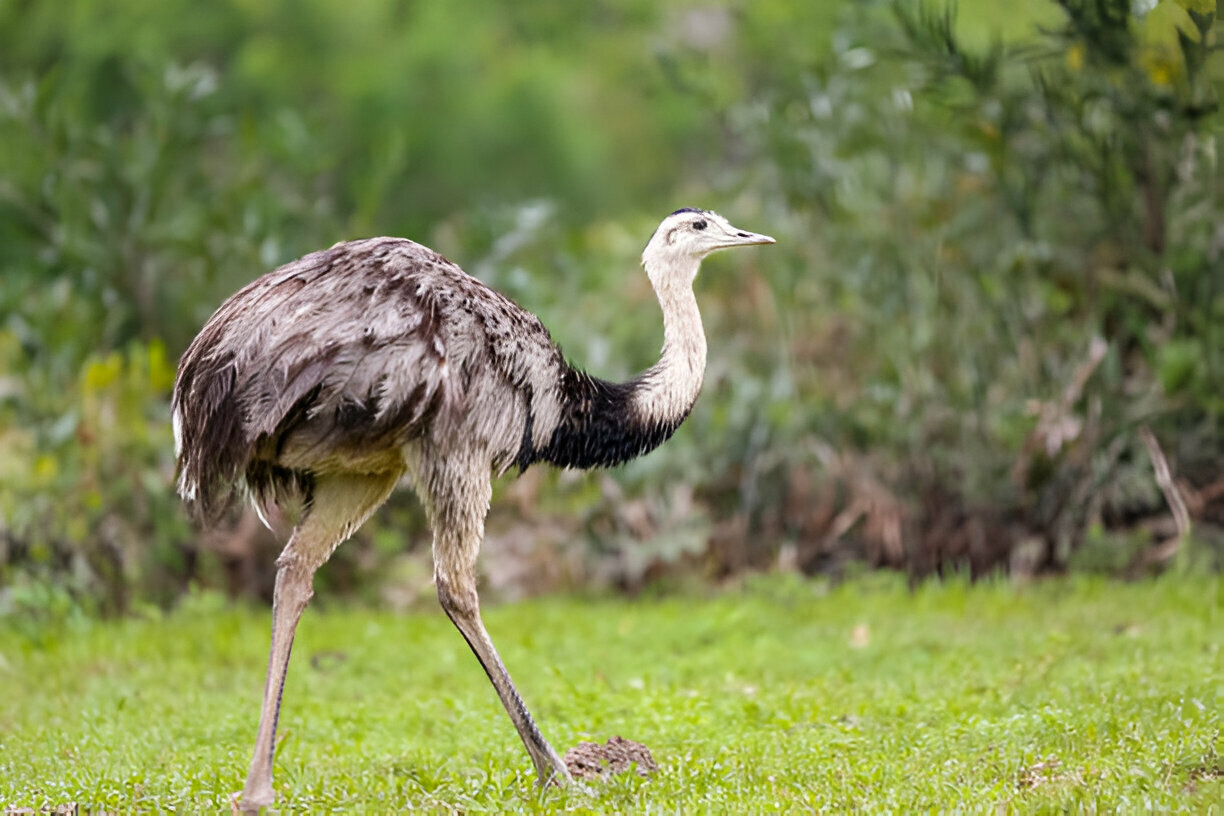
Physical Characteristics:
- The Greater Rhea is the largest bird in South America, standing between 1.2 to 1.4 meters (3.9 to 4.6 feet) tall.
- It has long legs and a long neck, with a small head and a long, pointed beak.
- Their plumage is typically gray or brown, with white feathers on the throat and belly.
Habitat and Behavior:
- Greater Rheas inhabit a variety of open habitats, including grasslands, savannas, shrublands, and wetlands.
- They are social birds and often form flocks, especially during the non-breeding season.
- Rheas are primarily herbivorous, feeding on grasses, seeds, fruits, and occasionally insects and small vertebrates.
- They are fast runners and can reach speeds of up to 60 kilometers per hour (37 mph) when necessary.
-
Marabou Stork
The Marabou Stork (Leptoptilos crumeniferus) is a large wading bird native to Africa, known for its imposing appearance and scavenging behavior. Here are some key characteristics of the Marabou Stork:
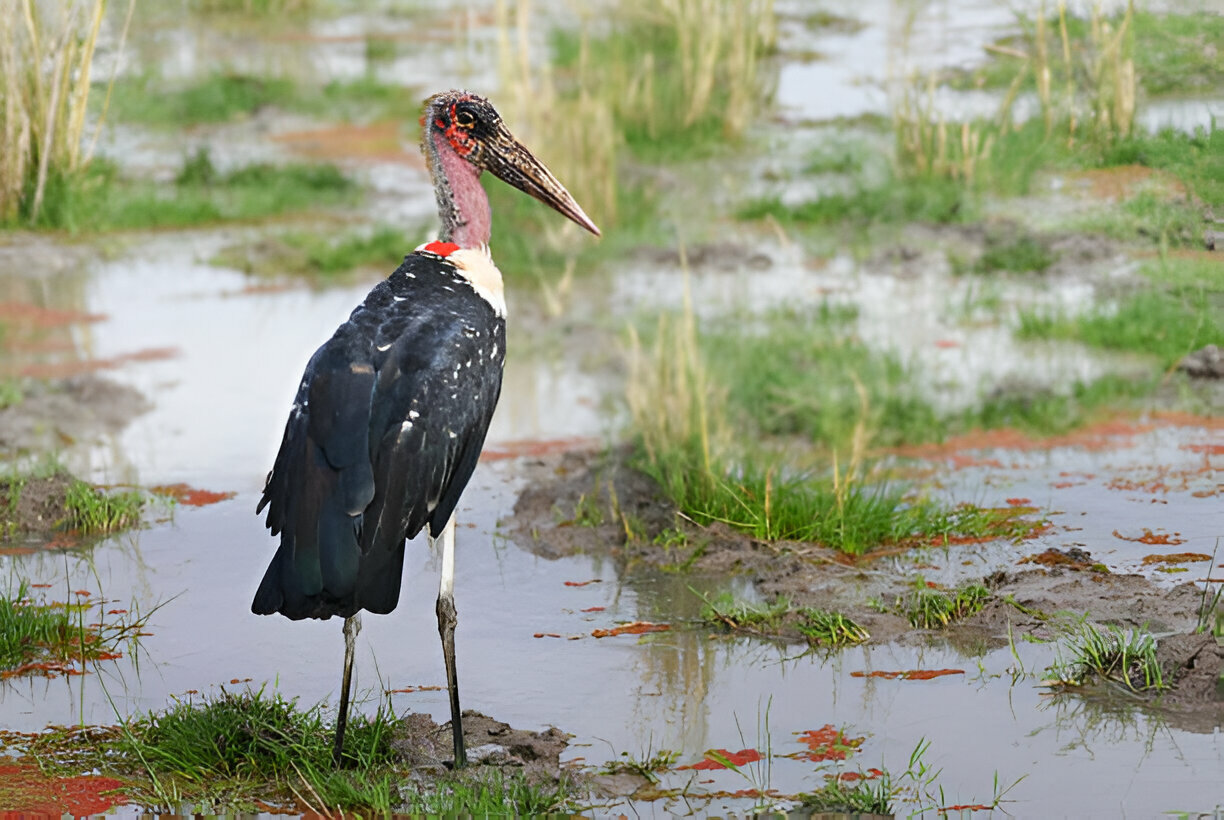
Appearance:
- The Marabou Stork is one of the largest flying birds in the world, with a wingspan that can reach up to 3.7 meters (12 feet).
- It has a distinctive appearance with a naked, pinkish head and neck, a massive, wedge-shaped bill, and a pendulous throat sac.
- The body plumage is mostly white, with black flight feathers and a black tail. Its legs are long and grayish-black.
Habitat and Distribution:
- Marabou Storks are found throughout sub-Saharan Africa, inhabiting a variety of habitats including savannas, wetlands, grasslands, and urban areas.
- They are often found near water sources where they can find food easily.
-
Shoebill (Balaeniceps rex)
The Shoebill (Balaeniceps rex) is a large, unique bird native to the marshes of tropical East Africa, particularly found in countries like South Sudan, Uganda, Zambia, and Tanzania. Here's a breakdown of its key characteristics:
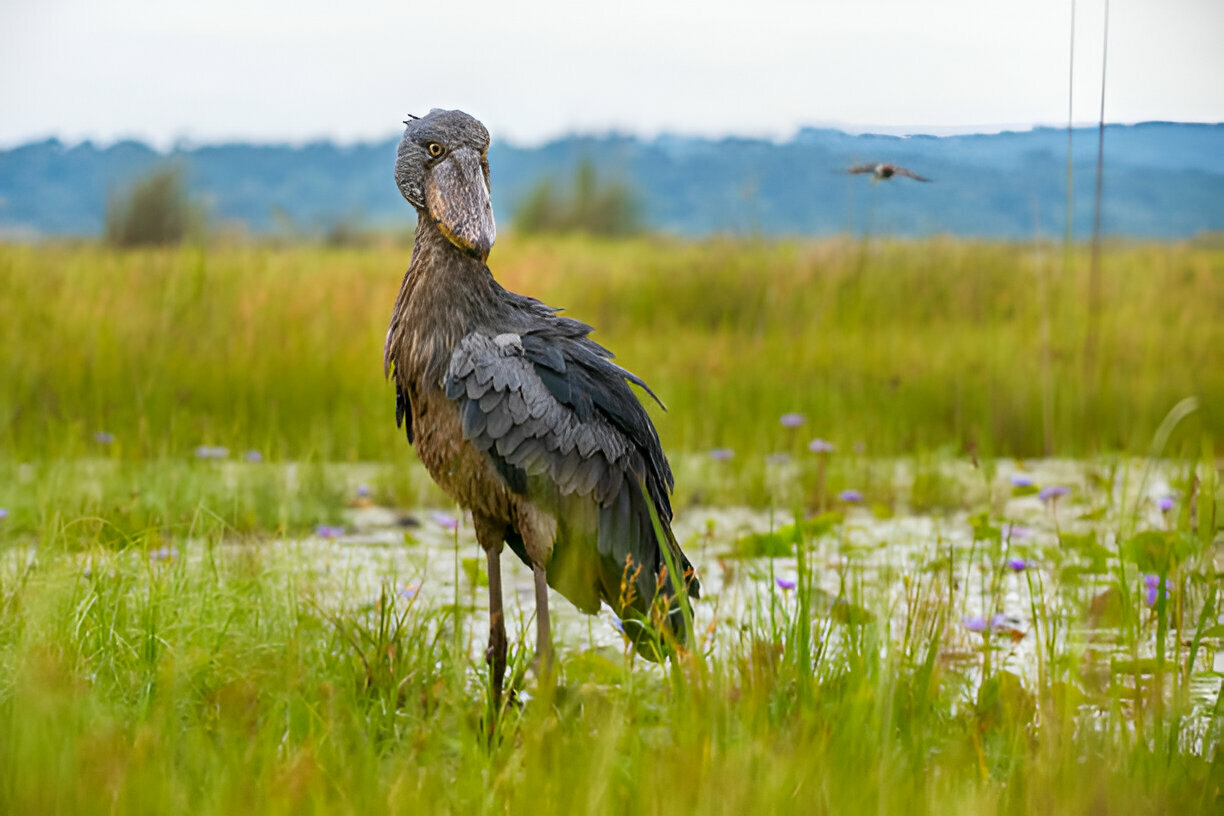
Appearance:
- The Shoebill is instantly recognizable by its large, shoe-shaped bill, from which it gets its name. The bill is gray-blue in color and can grow up to 24 centimeters (9.4 inches) long.
- It has a tall, flat head with piercing yellow eyes and a feathered crest on top.
- The body is predominantly gray in color, with contrasting darker wings and back, and it stands at about 1.2 to 1.5 meters (4 to 5 feet) tall.
Habitat and Distribution:
- Shoebills inhabit large, dense swamps, marshes, and wetlands with tall papyrus and reed beds.
- They are primarily found in the East African countries of South Sudan, Uganda, Zambia, and Tanzania.6




